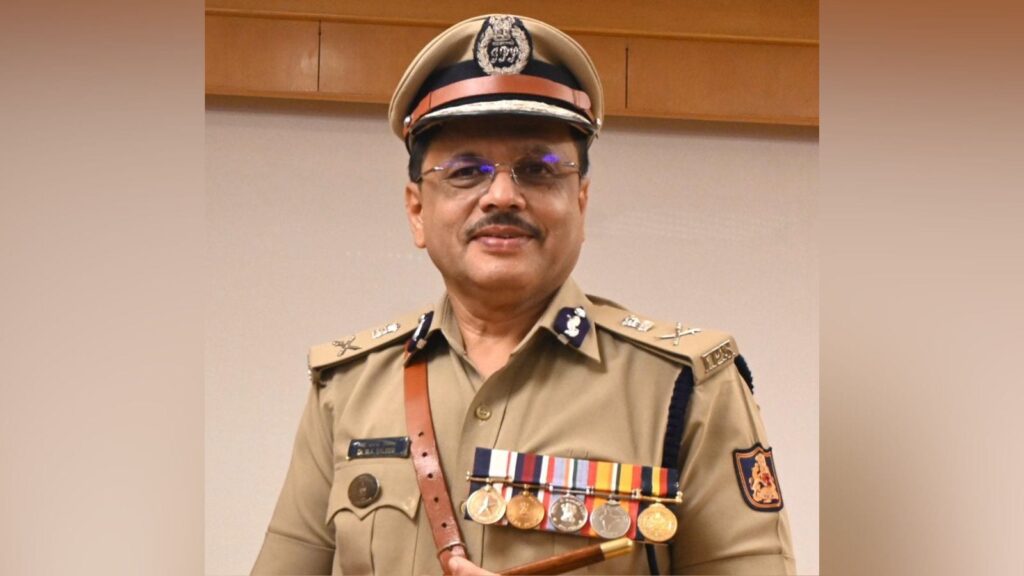Karnataka Director General of Police M A Saleem on Monday directed the police authorities to restrict the use of sirens during VIP movement to ensure public safety and reduce noise pollution.
“The unnecessary use of sirens during VIP convoys not only alerts unauthorised individuals to the route being taken—potentially compromising the VIP’s security—but also creates disturbances for the general public. Sirens contribute significantly to noise pollution and may cause panic or confusion among motorists, leading to erratic driving and traffic disruptions,” he said.
He said that the preferred and safest method for managing VIP movement is through the coordinated use of telecommunications, such as wireless communication systems, rather than audible signals.
He highlighted that sirens should be used strictly by emergency response vehicles—such as ambulances, police vehicles, and fire tenders—and only in unavoidable or critical situations. “All unit officers are instructed to communicate this directive to their respective teams and ensure strict adherence,” he noted.
A senior police officer told The Indian Express that the use of sirens by some officers in the police and medical departments throughout their journey is creating unnecessary noise pollution and anxiety among motorists. “The direction is to use it judiciously and when there is a need. For example, if the road is clear of traffic, there is no need to use sirens at such times. However, some of these departments use it even during those times, which is now being directed to curb,” he said. The officer also stated that the police department would initially create awareness on the judicious use of sirens and later initiate action if the directive is violated.
In 2013, the Supreme Court of India ruled that sirens and red beacons could only be used by high dignitaries holding constitutional posts while on duty, to curb their misuse as status symbols.
The court had banned private individuals from using sirens and restricted their use to emergency vehicles such as ambulances, fire services, and police vehicles for specific duties, allowing blue, white, or multicoloured lights instead of red beacons.


